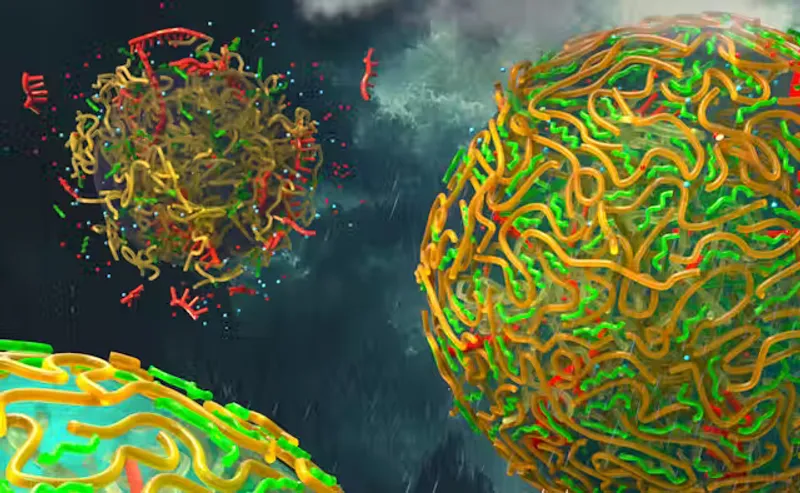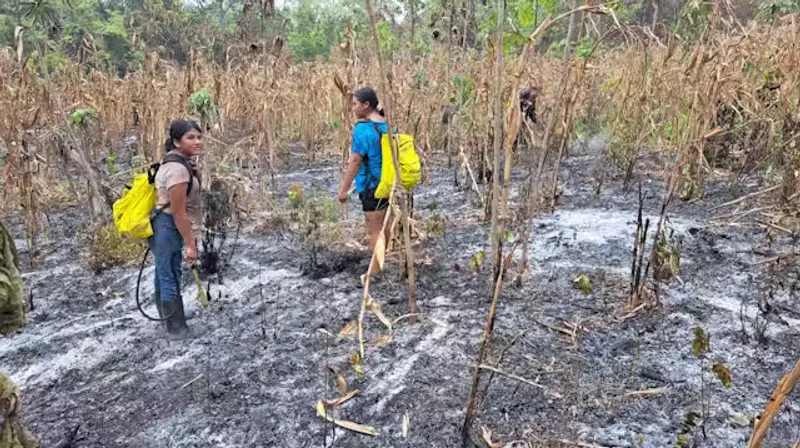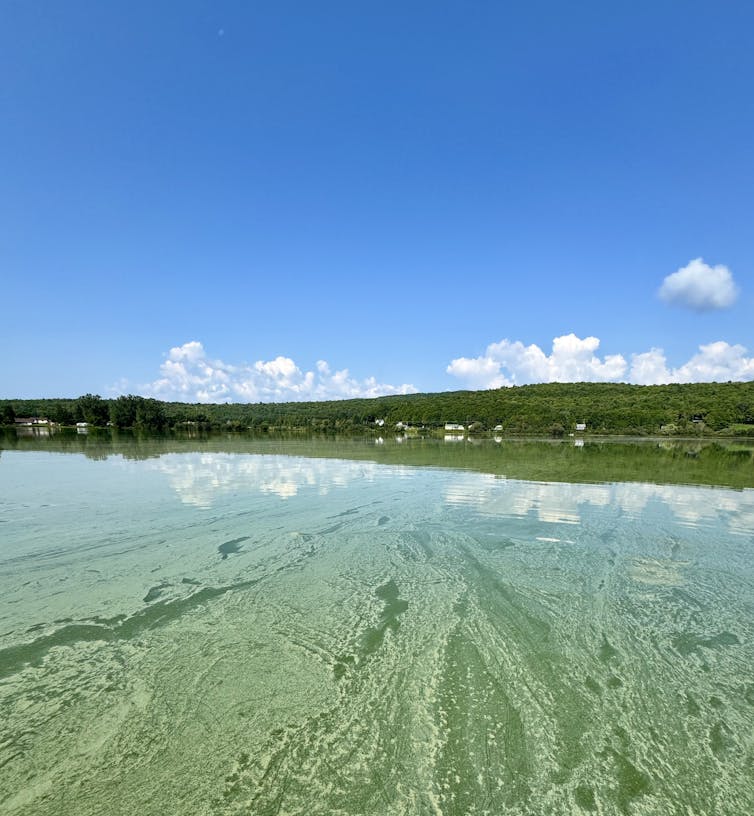
Jérôme Comte, Institut national de la recherche scientifique (INRS); Christophe Langevin, Institut national de la recherche scientifique (INRS), and Naíla Barbosa da Costa, Institut national de la recherche scientifique (INRS)
A lake is much more than a body of water where we bask on sunny summer days. It’s also more than just a source of fresh water surrounded with nature and tranquility.
Lakes play a vital role in our ecosystems and in our daily lives. They provide drinking water, are home to an impressive diversity of life forms and support important economic activities.

</figcaption>
</figure>This article is part of our series Our lakes: their secrets and challenges. This summer, The Conversation and La Conversation invite you to take a fascinating dip in our lakes. With magnifying glasses, microscopes and diving goggles, our scientists scrutinize the biodiversity of our lakes and the processes that unfold in them, and tell us about the challenges they face. Don’t miss our articles on these incredibly rich bodies of water!
Unfortunately, the water quality of these precious environments is increasingly being threatened by different environmental factors and human activity.
In order to protect and preserve lakes, it is vital to monitor the state of their health in a proactive, quick and effective way. As researchers in aquatic ecology, we had this in mind while developing a new, cutting-edge technology to measure the health of lakes by monitoring the micro-organisms that live in them.
Our planet and its ecosystems in transition
Our planet is constantly changing and its ecosystems show the effects of this.
Lakes, in particular, are being affected by numerous factors: industrial and agricultural pollution, road salt, eutrophication and rising temperatures due to climate change.
These contribute to the deterioration of water quality and create imbalances in aquatic ecosystems.
For example, the proliferation of cyanobacteria, or blue-green algae, represents a major risk to human and ecological health. Although microscopic, cyanobacteria can form proliferations visible to the naked eye, known as blooms, when they multiply and clump together.
Some species of cyanobacteria responsible for the formation of blooms produce toxins (cyanotoxins) that can contaminate drinking water, harm aquatic fauna and lead to beach closures. Algal blooms can also jeopardize recreational and tourism activities and local economies.
And unfortunately, with global warming, the proliferation of cyanobacteria in our lakes is expected to keep increasing.
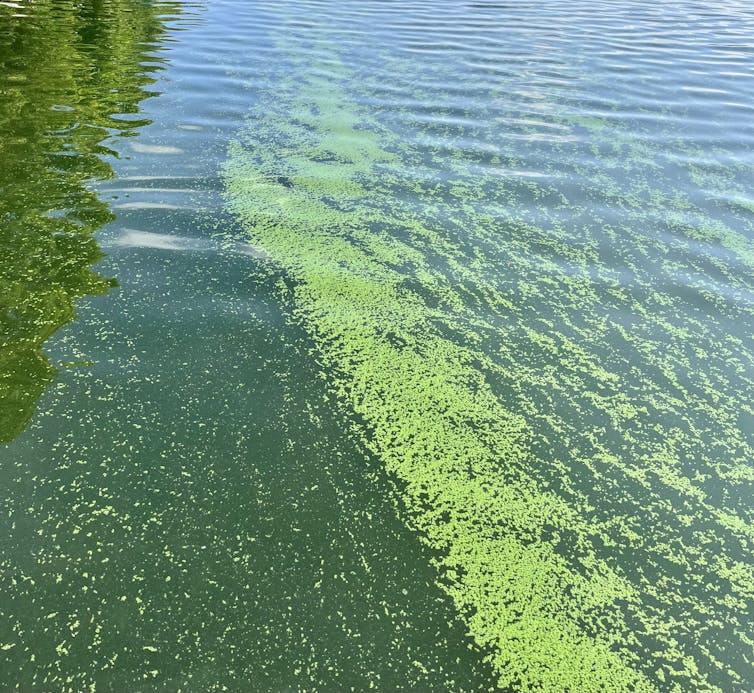
The microbiome: an indicator of the health of lakes
A single drop of water in a lake can harbour thousands, or even hundreds of thousands of microbes.
These microbes make up the lake’s microbiome, which is a key indicator of its health. In other words, if something is wrong with the lake, these microbes will be the first to reveal the problem.
It’s a bit like your digestive system acting up because of an imbalance in your gut microbiome.
Microbes, although microscopic, are the silent watchdogs of our aquatic ecosystems. Accessing this first line of information is therefore essential to understanding the state of health of our lakes and any changes happening to them.
How can we obtain this valuable information quickly and efficiently?
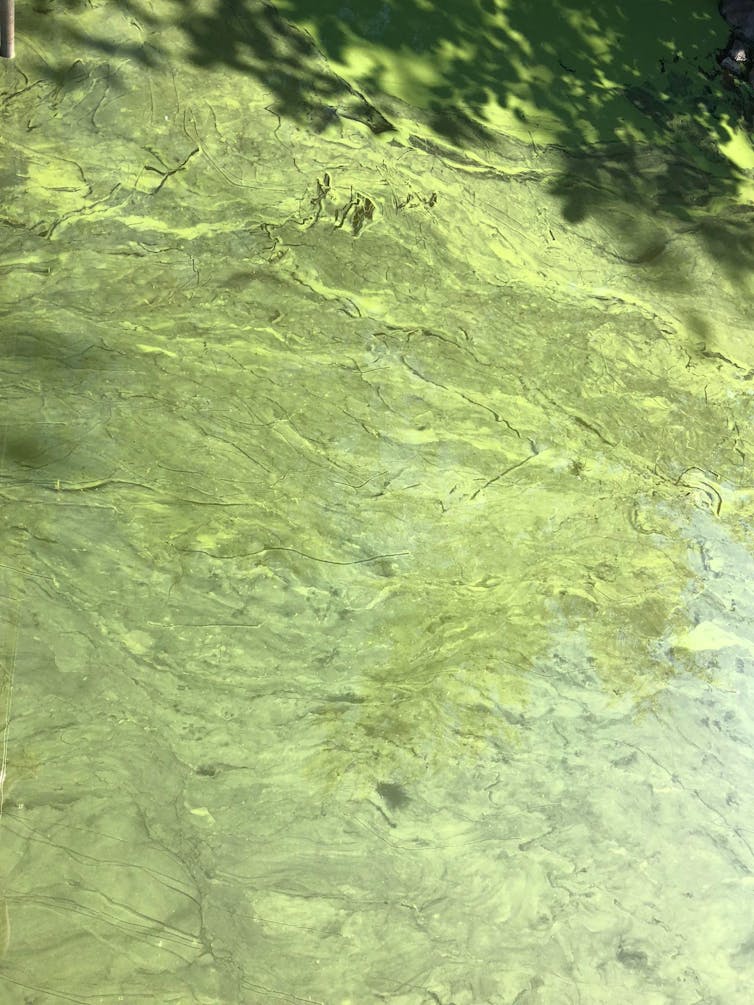
Genomic tools: a new generation of ecosystem monitoring
This is where modern tools come into play for sequencing environmental DNA, or eDNA, a mixture of genetic material from the organisms that inhabit a given environment.
Metagenomics, for example, gives us access to the DNA sequences of each individual, called genomes, of all the microbes in a water sample. This tool provides a complete picture of the composition of the lake microbiome, including species that are harder to detect.
The optical microscopy technique, traditionally used to monitor cyanobacteria, can enlarge the size of organisms by up to a thousand times, making them easier to visualize and count. Although effective, this technique still requires a significant investment of time and relies on the visual identification of species by experts in taxonomy. What’s more, unlike sequencing tools, it cannot detect microbes that are too small.
The eDNA sequencing approach can therefore be used as a complement to optical microscopy, so as to limit potential identification errors. It also has the advantage of being able to be used directly in the field. The new generations of sequencing equipment can be transported to the field and can provide a profile of the microbiome within a few hours.
Using sequencing techniques, we can rapidly detect changes in the microbial community that show environmental imbalances. For example, a sudden increase in cyanobacteria can be spotted even before visible effects, such as blooms, appear. These advanced tools make it possible for environmental managers to take preventive measures earlier.
RosHAB innovation
Among recent innovations in sequencing, the RosHAB tool, developed by our team at the Institut national de la recherche scientifique in collaboration with researchers at Université Laval, stands out for its ability to describe the genome of lake microbes in real time.
This advanced tool uses metagenomics to monitor microbial diversity and detect potential imbalances. Designed for use by environmental managers, RosHAB is a practical and rapid method for continually monitoring aquatic ecosystems, right in the field.
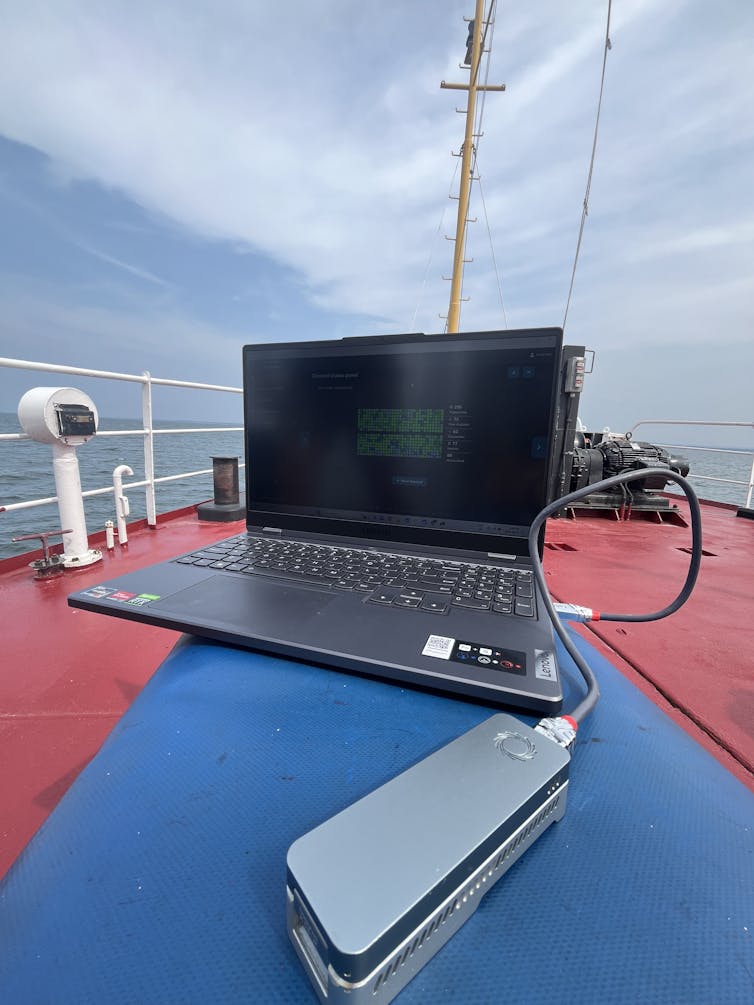
Practical implications and limitations
Integrating genomic tools into lake and aquatic ecosystem management policies requires training and adaptation for monitoring teams.
Although these technologies offer many advantages, they also present a number of challenges. Firstly, bioinformatics analysis is not straightforward and must be made accessible to non-experts.
In addition, data analysis can be complicated by changes in microbial diversity from season to season. Regular monthly, or even more frequent sampling is necessary to obtain representative results.
Monitoring the health of lakes is crucial in the face of the growing threats posed by climate change and human activity.
Lakes are vital ecosystems and protecting them requires advanced, proactive monitoring methods. Genomic tools, such as RosHAB, represent a significant advance in this field, offering effective means to anticipate and respond to environmental threats.
By understanding and monitoring the health of lakes through the microbes that live in them, we can better preserve these resources so that future generations are able to enjoy them as much as we do, on hot summer days.
Jérôme Comte, Associate professor, Centre Eau Terre Environnement, Institut national de la recherche scientifique (INRS); Christophe Langevin, PhD candidate in water sciences, Institut national de la recherche scientifique (INRS), and Naíla Barbosa da Costa, Chercheuse en écologie et génomique microbionne, Institut national de la recherche scientifique (INRS)
This article is republished from The Conversation under a Creative Commons license. Read the original article.
